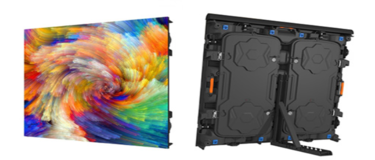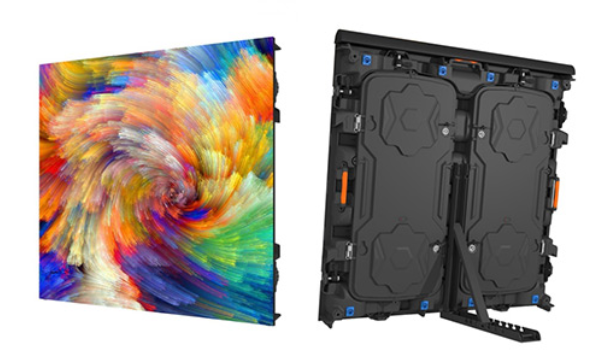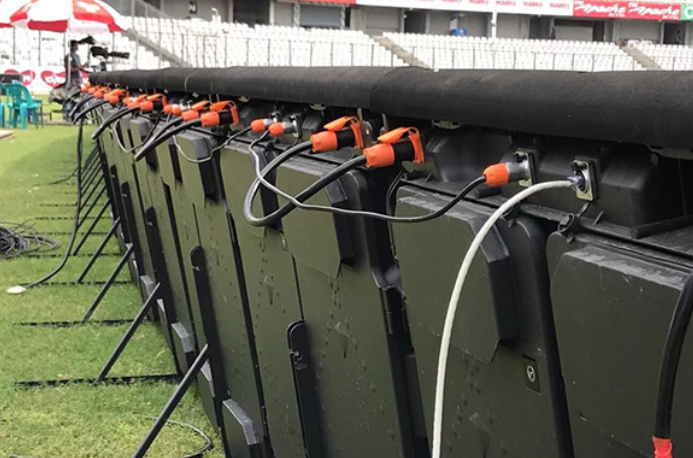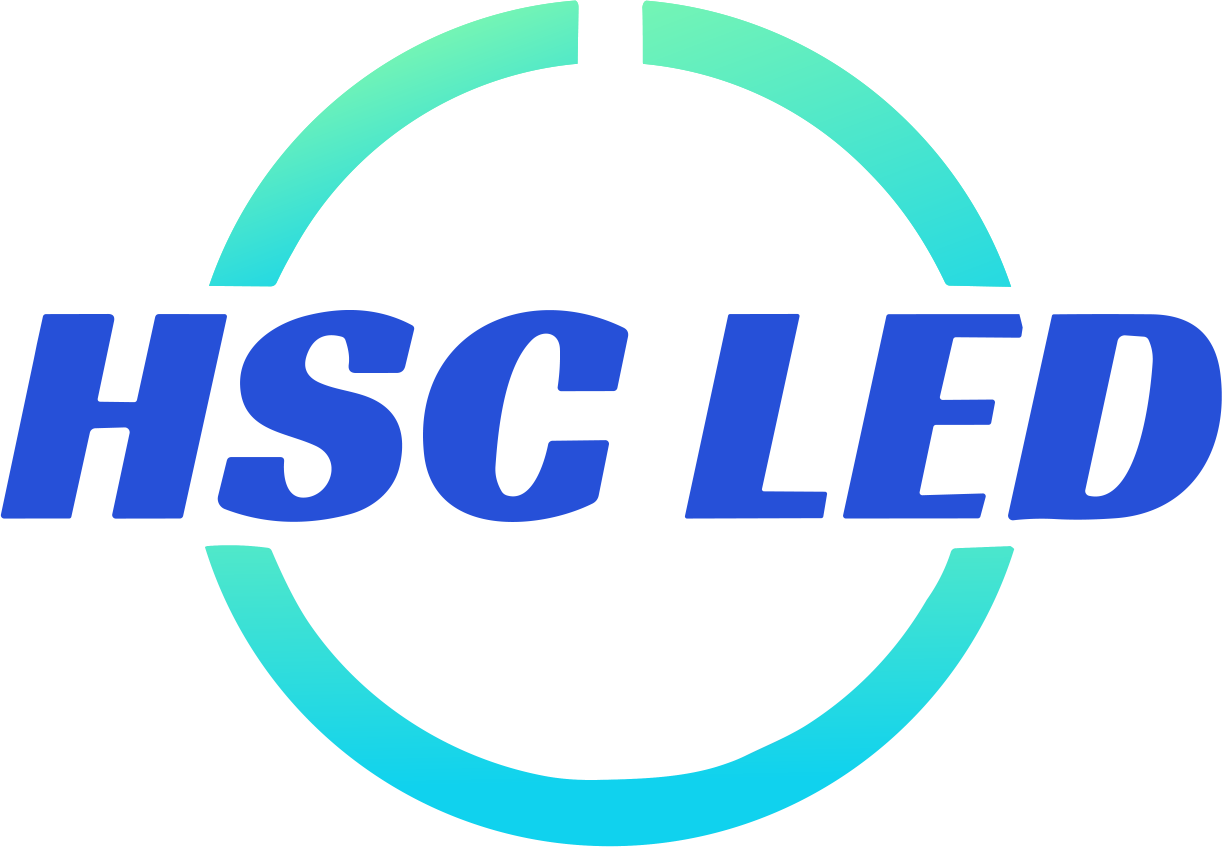News
Site Editor
 Site
https://hscled.cn08.wondercdn.com/uploads/image/68931a3c33409.png
What catches your attention when you go to watch sports events? Is it the area where the game is played or the type of floor? What about LED screens? If your answer is LED screens, here are some details about them.
Site
https://hscled.cn08.wondercdn.com/uploads/image/68931a3c33409.png
What catches your attention when you go to watch sports events? Is it the area where the game is played or the type of floor? What about LED screens? If your answer is LED screens, here are some details about them.
How to Choose a Stadium LED Display?
Views: 2295
Author: Site Editor
Publish Time: 2021-12-29
Origin: Site
What catches your attention when you go to watch sports events? Is it the area where the game is played or the type of floor? What about LED screens? If your answer is LED screens, here are some details about them.
Why do you need a display screen for the stadium?
If you own a football stadium, then you are more than likely aware of the importance of a display screen. Whether you need it to show live video feeds, commercials, or game footage from another stadium, there is no better way to get your message across than with a high-quality display board that can be seen by everyone in the stands.

Benefits of using a display screen for the stadium.
1. Longer lifespan
Display screens for the stadium have a much longer lifespan and can be used more often than traditional scoreboards. The average lifespan of an LCD or LED display screen is around 25,000 hours (approximately eight years). This means that the typical life expectancy would last well beyond any game played at your stadium!
Displays are not as susceptible to weather conditions like rain, snow, or sun glare because they're made to overcome these environmental factors. They may need some adjustments to maintain their brightness when it's raining outside, but this usually isn't an issue.
2. Power saver
A stadium display screen is also a power saver. This means that it can reduce the power usage of your stadium, which could translate into savings for you in the long term. They will even help to keep energy costs down and allow you to switch off or dim any other traditional form of lighting at your sports venue - this includes spotlights on signage, security lights around seating areas, as well as decorative interior light fixtures throughout the stadium.
Display screens are made with an LED backlight, so they use much less electricity than LCD boards (which require constant refreshing). The next time your utility bills arrive, consider how many hours per day these displays would have been running without them!
3. Programmable lighting control
Display screens also offer built-in programmable lighting control, which can be used to create a unique atmosphere at your stadium. This means you can change how it looks depending on what game is being played, even during halftime or other breaks between games!
A LED screen will allow for many preset light effects such as smooth transitions from color to color, blinking lights, strobe effects (e.g., lightning), fading in/out, etc. This allows you to really make your display stand out by creating something memorable for fans of all ages!
Nowadays, plenty of apps are available that help with controlling these features remotely via WiFi connection - great if you're not near the venue when making changes!

What to consider when choosing stadium-led screens?
Screen type
For example, if for a basketball court it’ s in an indoor stadium and you have to consider indoor environment. lt’s generally equipped with a small spacing screen and adjustable bucket screens. Several small bucket screens which can be vertically moved and shrink into a large bucket screen. lt requires to be adapted to various applications in live events.
Screen protection performance
For indoor or outdoor stadium, heat dissipation has always been a link of the sports screen has been criticized.LED screen is required to be designed to withstand extreme conditions or changeable climate.High flame-retardant level and protection grade is necessary for indoor or outdoor stadium LED screens. Generally speaking, the lP65 protection level and V0 flame retardant level of the wire is an ideal choice.
Overall brightness contrast and energy efficiency
The brightness of outdoor sports display screen is required to be higher than that of indoor display, but the higher the brightness value, the more appropriate they are’ is not a truth.LED screen, brightness, contrast and energy saving effects need to be taken into consideration in an all-round way.Choosing an LED display product with high energy efficiency design can guarantee its safety, stability and service life.
Selection of installation mode
The installation mode of LED display depends on the installation location. Before install the screens in a stadium, it is vital to consider where the screens need to be landed, hung on the wall or embedded wall, as well as if it’s sable to support front and rear maintenance and the difficulty in installation and maintenance.
Conclusion
There are many things to consider when choosing the appropriate stadium-led screens, such as viewing distance and angle, installation choice, viewing quality, etc. However, if you're unsure of what type of display is best for your venue, then there's no need to worry and just kindly contact us immediately.










